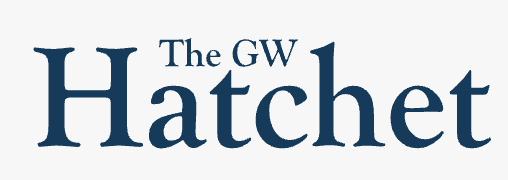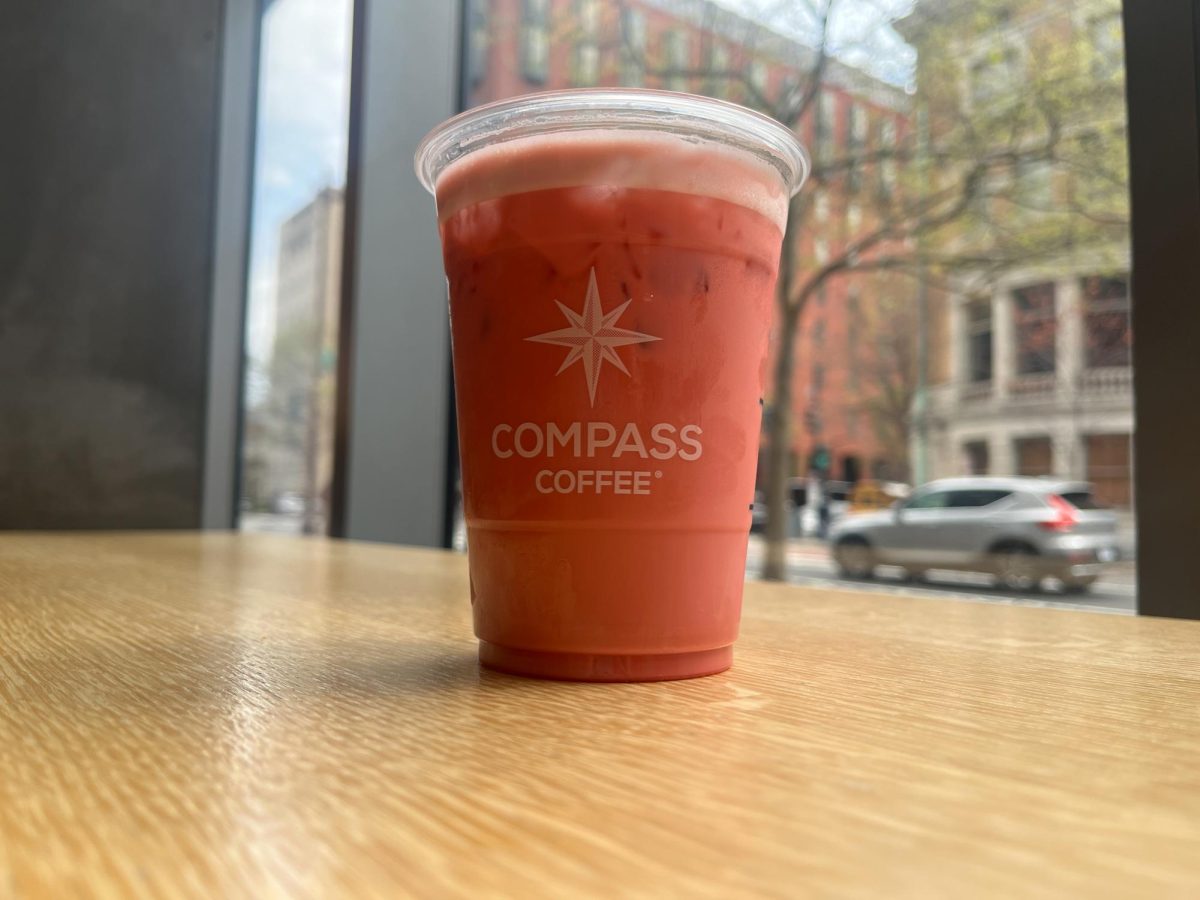Readers’ pick: DC Gay Flag Football League
The gridiron has long been synonymous with a “destroy-or-be-destroyed” mentality — but this approach doesn’t quite fit with the DC Gay Flag Football League.
Founded in 1998, the LGBTQ+-focused recreational sports league offers a space for people of all sexual orientations, gender identities and skill levels can come together to play competitive flag football. Self-described on its website as a “fellowship for both LGBTQ+ individuals and straight allies,” the leagues’ games and practices unfold across fields in D.C., with most players competing in the “Pitchers” and “Shakers” divisions — named for the cocktail tools — on Sunday mornings.
DCGFFL follows an eight-week schedule, running this year until May 4, with teams competing in a playoff tournament at the end to determine the league champion. The league goes beyond just mere games, publishing an article on its website power-ranking the teams, using GIFs of characters, like Jennifer Coolidge’s Tanya from “The White Lotus” to sum up a team’s performance.
DCGFFL top the team names of even professional sports leagues. The league supports 20 travel teams with names that blend pop culture and sexual innuendos, like “We Espresso,” “White Load-Us” and “Cardinal Sins,” all of which compete in two national tournaments — the Pride and Gay Bowls — organized by the National Gay Flag Football League.
The National Gay Flag Football League in 2003 crowned DCGFFL’s inaugural travel team, the Washington Monuments, the Gay Bowl champions. The teams play at three locations: Carter Barron Soccer Fields in Sixteenth Street Heights, Brentwood Hamilton Field near Union Market and Randall Field by the southeast Waterfront.
Brandon McElroy, a captain of the Royal Blue team known as “These Hoes Ain’t Royal,” has been a member of the DCGFFL since 2018, serves as the league’s treasurer and sits on its board of directors. McElroy said 60 percent of the league’s participants identify as LGBTQ+, with others drawn in from other D.C. recreational football leagues, like Volo Sports and DC Fray.
“While it is really about the sport, it’s a very competitive league, we also try to make sure that there’s that social aspect where people are included, and they can sort of mix it up and get to know new people as well,” McElroy said.
McElroy said unlike those other leagues, DCGFFL tries to encouraging new players, bringing in 20 to 30 rookies join each season. He said rookie liaisons guiding them through the league and the basics of football.
In other leagues, the same teams often return year after year, creating “monster teams” of veteran flag footballers, which makes it difficult for first-year players to break in competitively and socially, he said.
But he said the DCGFFL reshuffles its teams each season because the league is full of competitors eager to win, but it also values using the gridiron to forge new bonds between teammates.
“It’s really not meant to be exclusive in any way. It’s really just meant to understand are we reaching the right audience? And are we achieving our goal of creating a safe space for people?” McElroy said.




